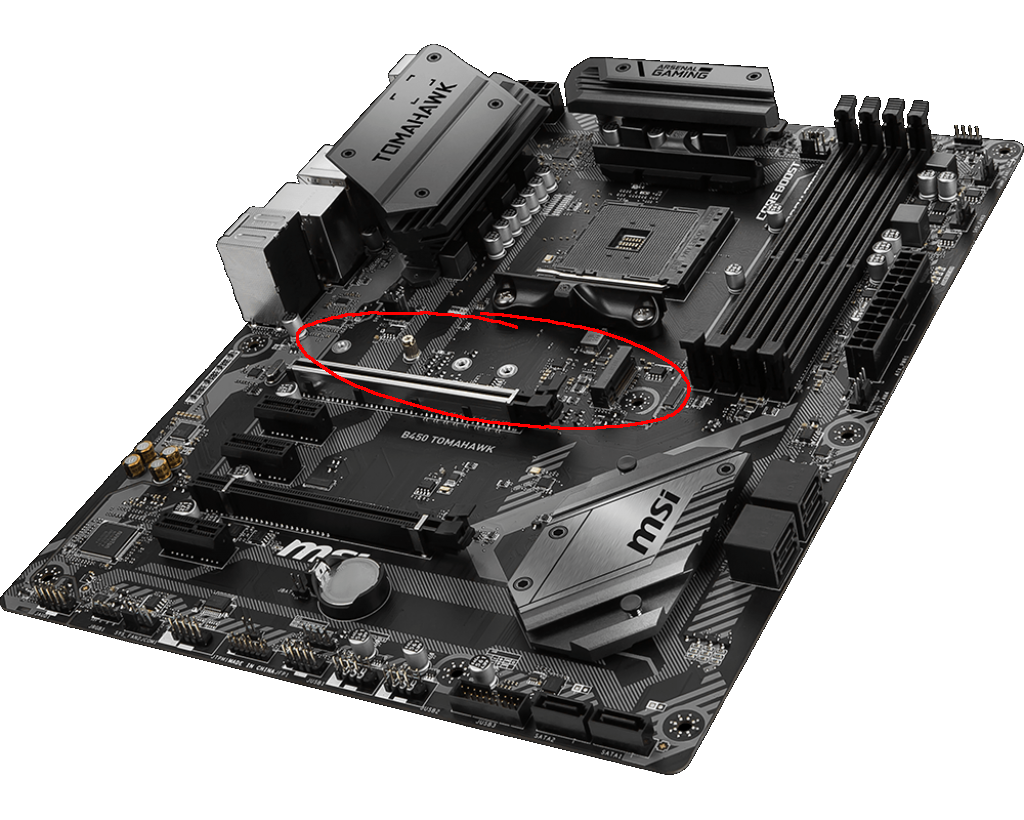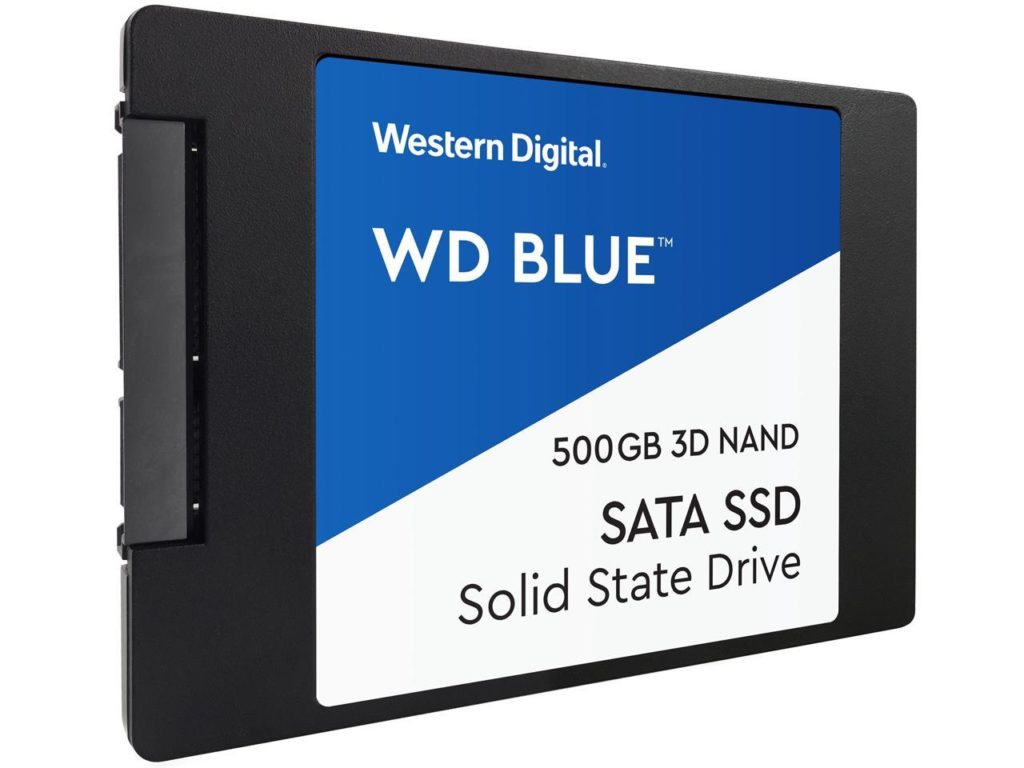“I need a new SSD for my computer, which one should I get?” This can seem like a daunting question, but let’s break it down to a few easy questions and get you a good answer or two. There are a lot of options out there at a range of price points. Hopefully this will guide you enough to make an informed decision and not pay too much or get a drive you’ll regret.
Decision 1: Form factor
Do you have an open M.2 slot on your motherboard? If so, use it and get an M.2 drive. It’s cleaner, uses less cabling, is way faster, and doesn’t cost that much more (probably).
If you’re buying for a desktop, you’re most likely looking at the 2280 variant of M.2. Laptops…all bets are off, and you need to do some serious research (what length, single or double sided, SATA or NVMe). M.2 is the actual slot type, and 2280 is the size – 22mm wide, 80mm long. The other thing to check is to make sure your motherboard supports PCI-e M.2 drives, and not just SATA. These use two physically different connectors (B key for SATA and M key for NVMe), and cannot interchange in slots made for one or the other. However, boards that support NVMe will also commonly support SATA with a B+M key slot. Again, please check out your specific motherboard specs. You want PCI-e if possible, as it’s much faster.

No open NVMe slots? 2.5″ SATA. These have been around a lot longer, and you will save a little money by going this route, but not a whole lot in the grand scheme of things. A lot of new computer cases support mounting a 2.5″ drive behind the motherboard in the cable management area, so it’s nice and hidden away. It still requires a SATA and power cable though, where an M.2 does not.

Decision 2: What are you using it for?
Generally this falls into 2 use cases:
- Your main drive, where your operating system (OS – Windows, MacOS, or some flavor of Linux) is installed. You might put some games on it as well, depending on the size.
- You ran out of space on your main OS drive, and you need more space for games.
For case 1, you will want to get a faster drive. You will notice the speed much more for an OS than just for games. Side note – if you are going to have two drives, one of them being NVMe and one SATA, you want your NVMe to be your OS drive, and SATA for games.
If you’re in scenario 2 and looking for a game drive, you don’t need to spend as much and can get a cheaper drive. Sure, a faster drive would be, well uh, faster, but you won’t notice the speed nearly as much as if it were your OS drive. This is where budget leeway can come in and you might spend $20 more for a better drive.
Decision 3: How much space do you need?
This is going to be extremely subjective, and one size will not fit all here. That said, if you’re using the PC for web surfing and a few applications, you’re fine with something like a 250GB class drive. If you occasionally play games and might have a few smaller games installed at a time, a 500GB should suffice. If you play a lot of games, or you play games with installs that can top 100GB (ARK, Gears 5, Red Dead Redemption 2, and the likes), shoot for 1TB or even 2TB.
If you’re in the latter group of 1-2TB, you might consider split drives. Get a smaller, faster NVMe drive that’s 250-500GB and use that for your OS and applications, then get a nice, big 1TB or 2TB 2.5″ SATA drive for your games. Using one drive for your games makes it easier, as you can set the drive in Steam/Microsoft Store/Epic/Uplay/whatever as your game drive and forget about it. Then you don’t have to make the decision for every install, or forget and realize that you are completely out of space…that never happens.
I’ve made my 3 decisions…now what?
2.5″ SATA – WD Blue 3D, currently running $70 for 500GB. It’s up there with the best SATA SSDs for performance, and it’s also among the cheapest.
OS/performance NVMe – If your budget is good for it, Samsung 970 EVO, currently $114 for 500GB. Otherwise, something like an ADATA XPG SX8200 Pro, currently $80 for 512GB, is a really good price point for the performance.
Storage NVMe – Prices are all over the place depending on current sales, but I’ve generally gone for the WD SN550 (WD Blue NVMe), currently $65 for 500GB, or the ADATA XPG SX8100, currently $74 for 512GB. The SX8100 is a better/faster drive, but it is more expensive.
As you can see, those prices can be very close to each other for very different performance tiers. Use this page as your reference, and check those different drives when you’re ready to buy. There may even be some good deals on other drives in #gamingdeals on our Discord server. I’ll try to remember and update these every so often as new models come out, but if these drives are out of date, send us a message on #techsupport in Discord.
You can get off into the weeds very quickly with all this. Are there cheaper drives than what I recommended here? Absolutely. Do you want them? That entirely depends, and we’d certainly be up for some discussion in Discord, or comment here.
Links to products may have affiliate links, meaning we make a small commission on any purchases at no cost to you. We appreciate your support.
